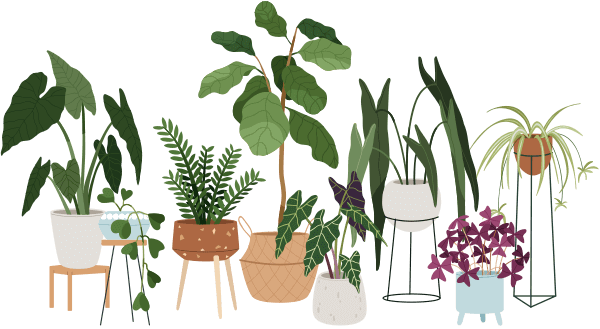The Italian bellflower (Campanula isophylla) is a charming, cascading houseplant known for its delicate, star-shaped blue or white blossoms that can brighten up any space. Beloved by both beginners and enthusiasts, this plant is famous for its easy-going nature and ability to thrive indoors, making it a popular choice for apartments and cozy homes.
Light Requirements
Italian bellflower prefers bright, indirect light—place it near an east or north-facing window, but shield it from direct sun to prevent leaf scorch. It can tolerate some shade but may not bloom as profusely. South or west windows work if you provide a sheer curtain. This versatile beauty does well even in rooms with moderate natural light.
Watering Schedule
Water your Italian bellflower when the top inch of soil feels dry, usually once or twice a week. Avoid letting it dry out completely, as it prefers consistently moist, but not soggy, soil. Yellowing leaves can indicate overwatering; limp or crispy leaves suggest it needs a drink. A humidifier can help, but isn’t essential unless your home is very dry.
Humidity & Temperature
Italian bellflower thrives in temperatures from 60–75°F (15–24°C). It dislikes cold drafts and sudden temperature changes—so keep it away from open windows in the winter or blasting air conditioners. Average home humidity is fine, though misting lightly during dry spells can keep it at its best.
Soil & Potting
Plant your Italian bellflower in a light, well-draining potting mix—a blend for indoor plants or a mix of peat, perlite, and regular potting soil works well. Repot every couple of years, ideally in spring, to refresh nutrients and provide space for root growth.
Fertilizing
Fertilize your Italian bellflower once a month during spring and summer with a balanced liquid houseplant food, diluted to half strength. No need to feed in the fall and winter when growth slows.
Common Problems & Solutions
Yellow leaves often mean overwatering; cut back and let soil dry a bit. Brown, crispy edges point to underwatering or low humidity—adjust watering, mist, or use a humidity tray. Watch for spider mites or aphids; wipe leaves with insecticidal soap if needed. Leaf drop after moving is common—give it time to adjust.
Extra Tips
Hang or trail Italian bellflower for a dramatic, cascading effect—perfect for shelves or in hanging baskets. Pair with other trailing plants like pothos for a lush indoor garden look. Fun fact: Italian bellflower symbolizes gratitude, making it a lovely gift. Prune faded blooms to encourage new flowers.


